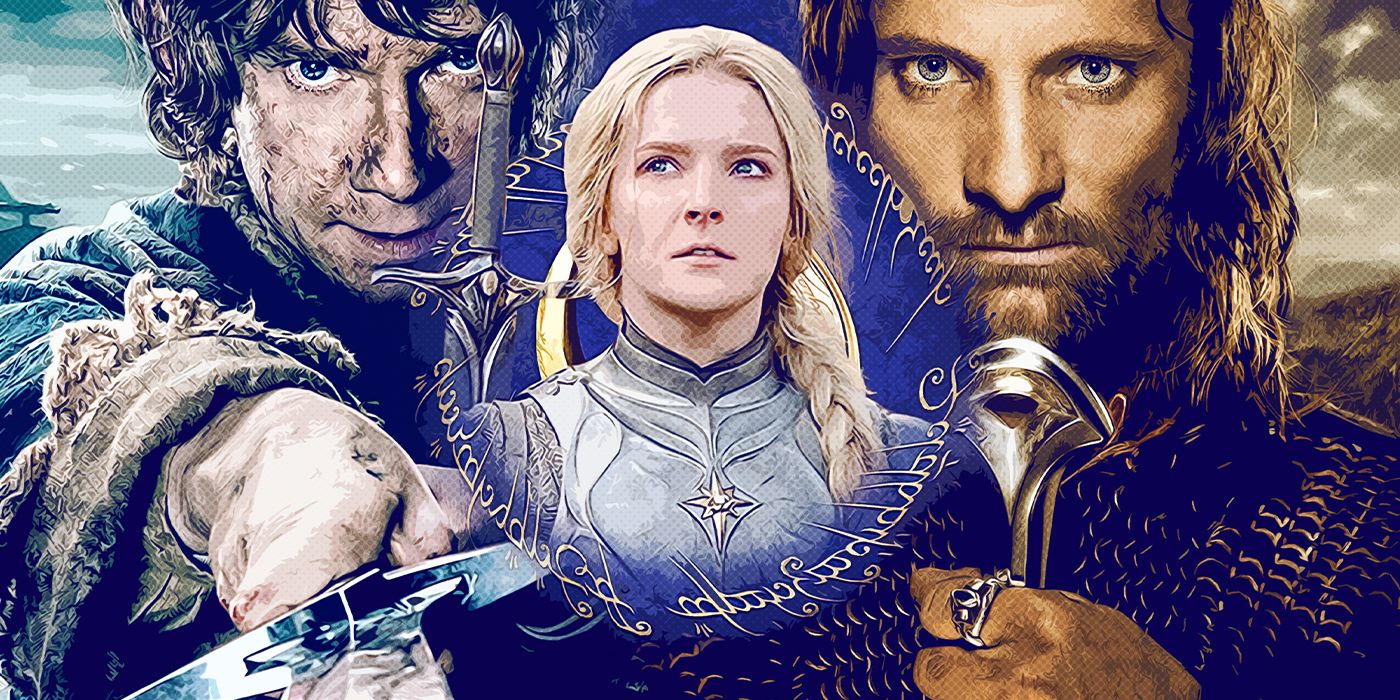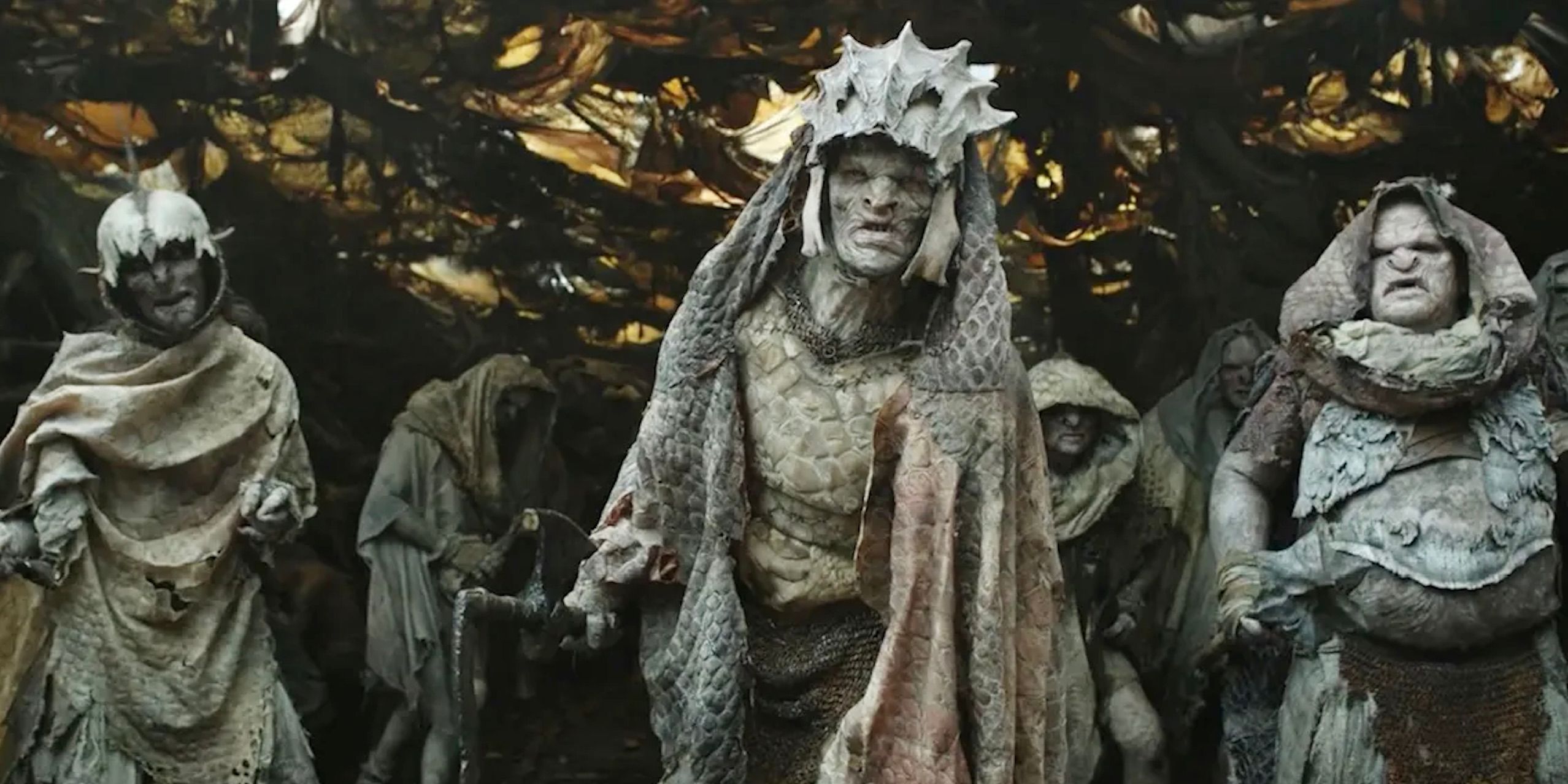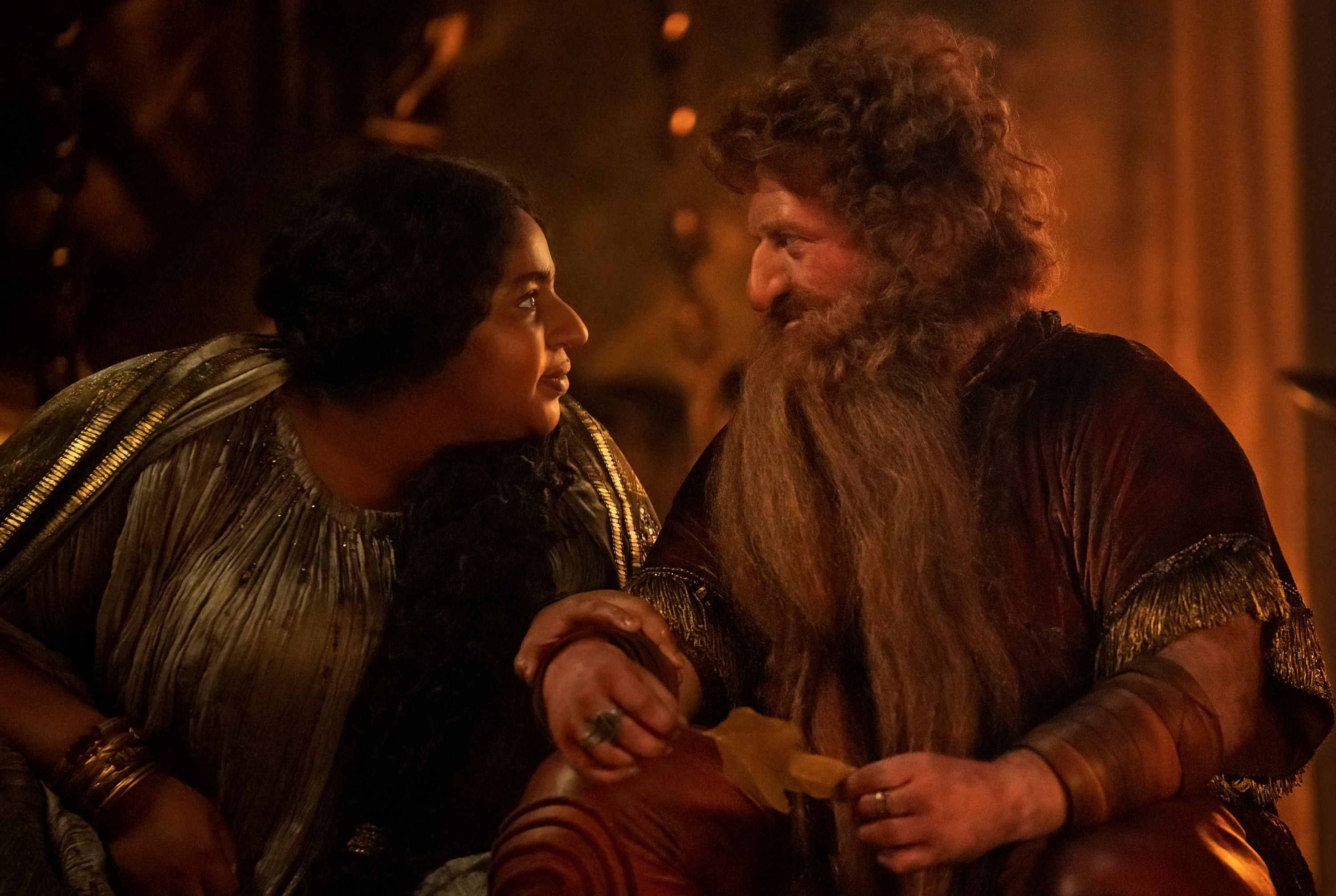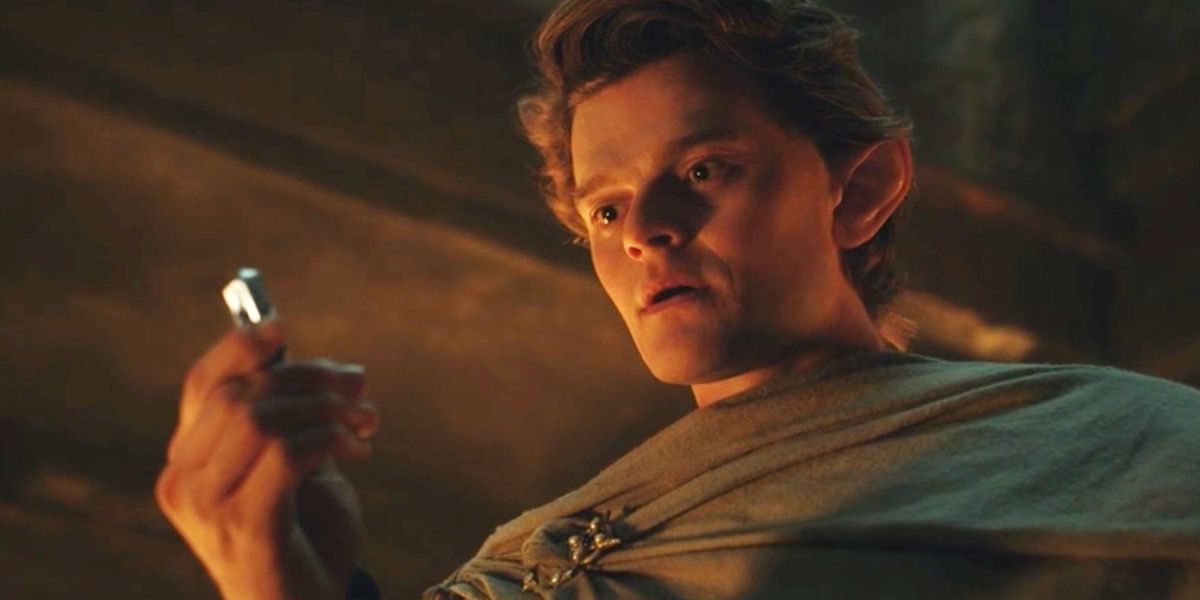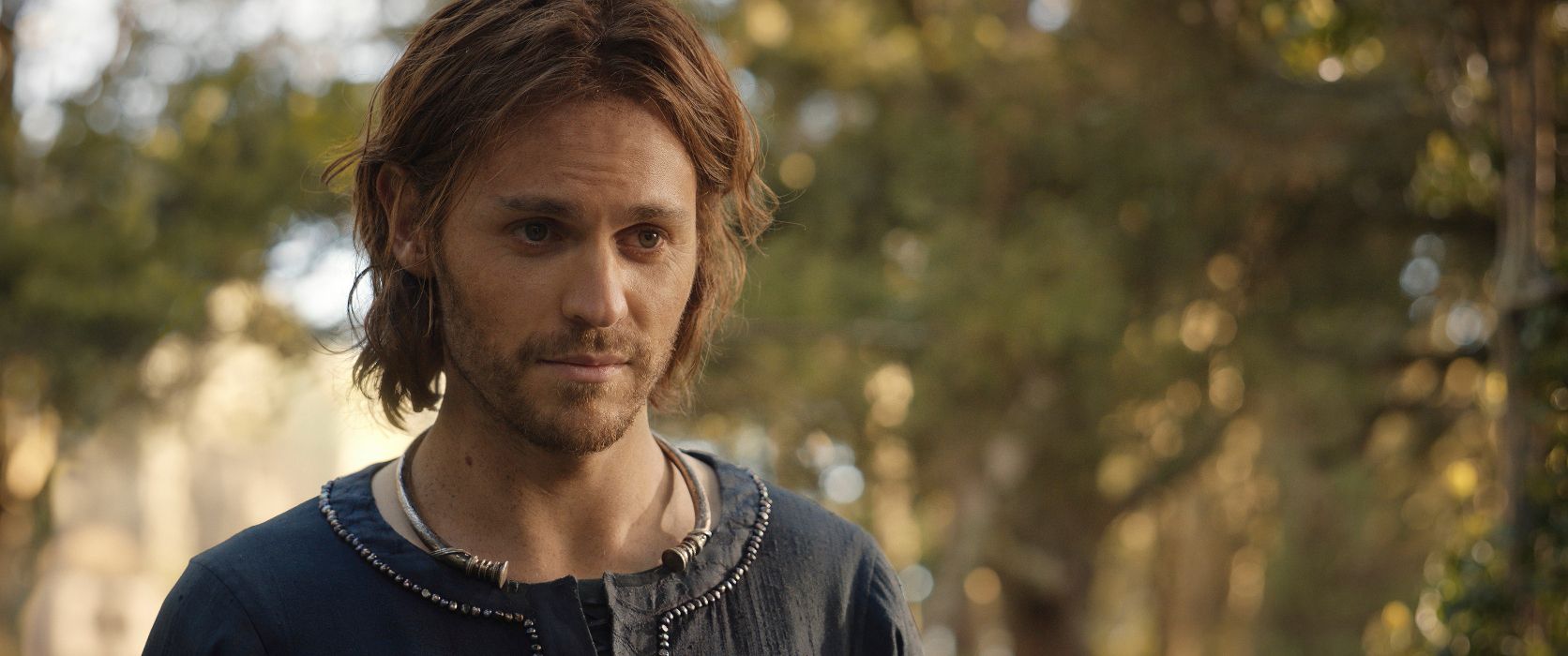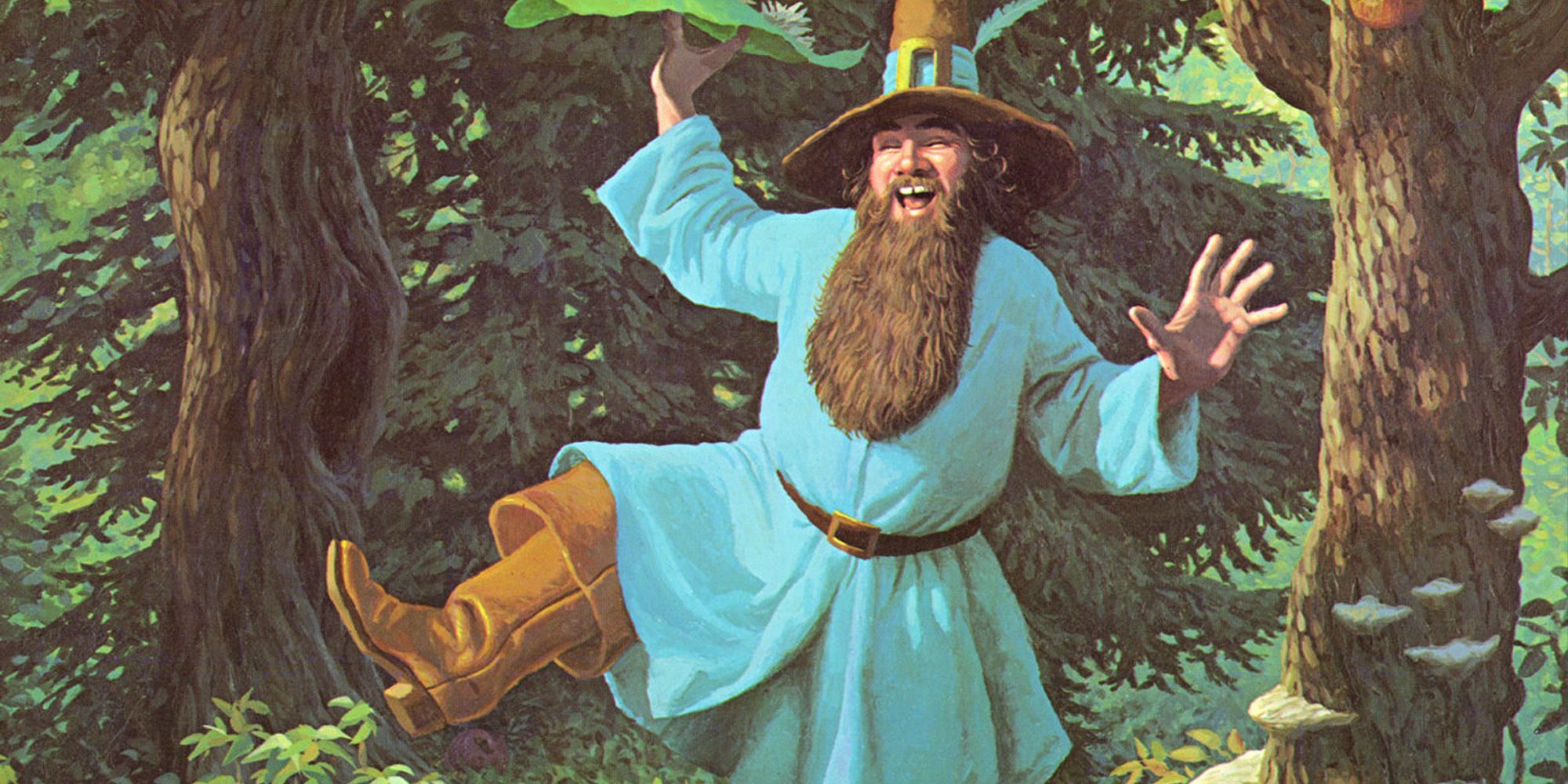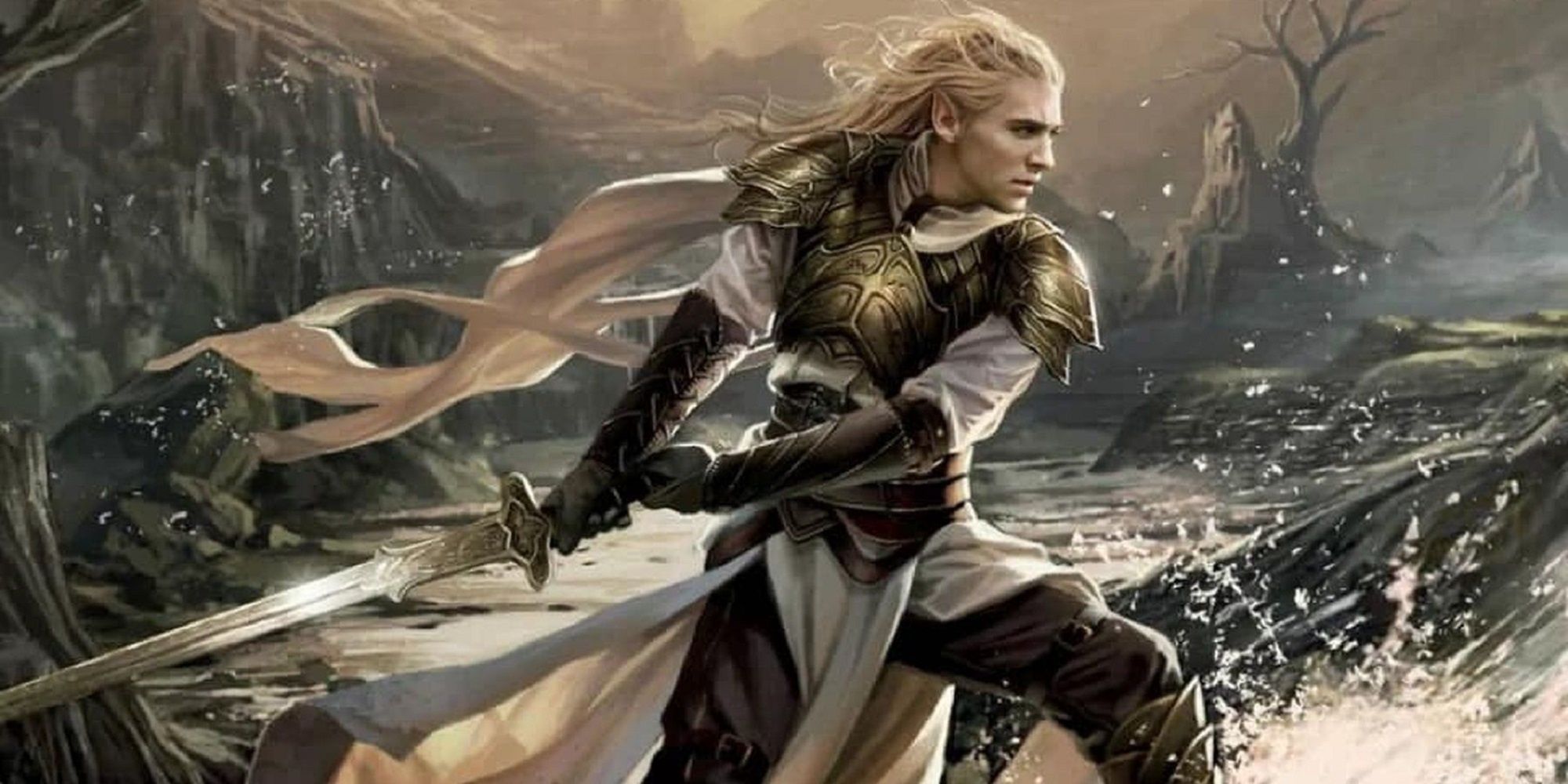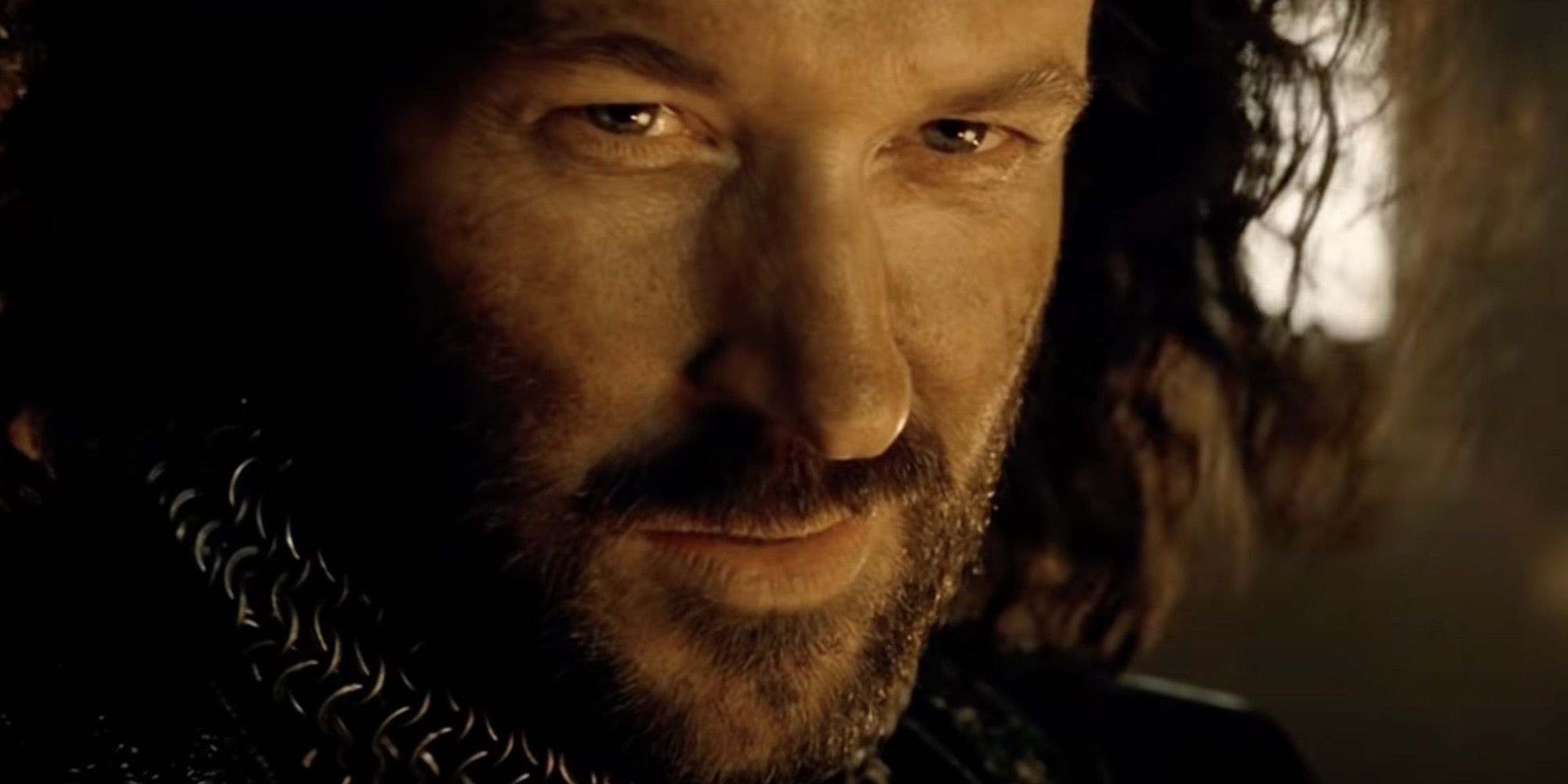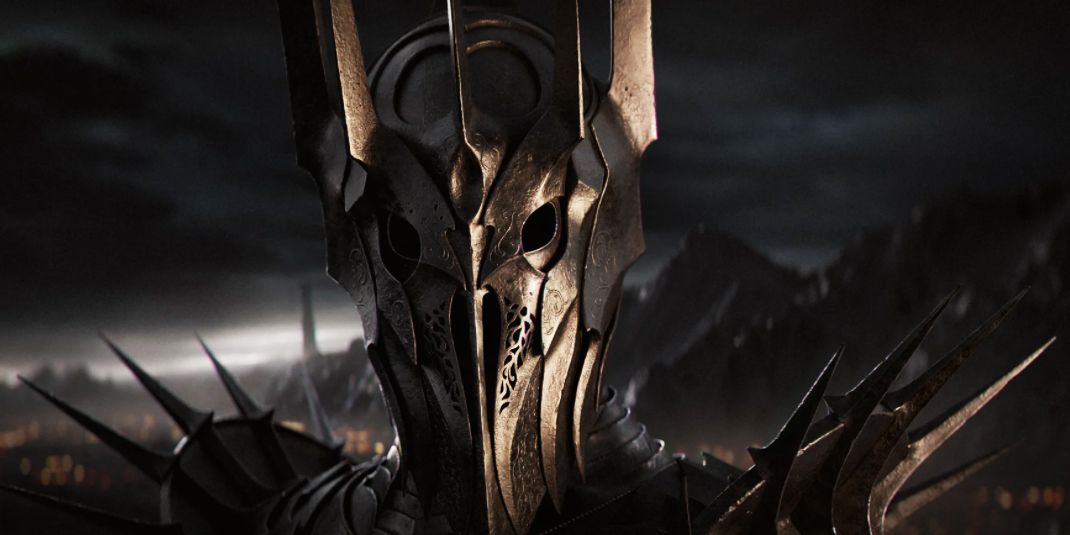Editor's Note: The following contains spoilers for Season 1 of The Lord of the Rings: The Rings of Power.
Peter Jackson’s The Lord of the Rings Trilogy is considered by some to be the greatest film trilogy ever made. The critical reception would seem to agree as well, as it has cemented itself in cinematic history with a grand total of 17 Academy Awards and nearly $3 billion at the box office, as well as winning Best Picture for 2003.
Of course, as it follows in the footsteps of such a beloved series of films, The Lord of the Rings: The Rings of Power has some awfully big shoes to fill in terms of its cinematic predecessor alone, not even accounting for the legions of film fans and Tolkien purists who all have their own opinions about what the on-screen product should be.
Even so, and despite the shadow of Jackson’s films on the show, the TV series has actually done a decent job of carving out its own space among Middle-earth adaptations. It will likely never rise to the heights of the original trilogy, but in some respects it has actually already captured elements of Tolkien’s world and ideas better than the films ever did. Additionally, given the scope and long-term timeline of the show, there are a number of moments yet to come that the series has the opportunity to do better than Jackson’s depictions ever did.
So, with that in mind, what has the show already done that works better than Jackson’s versions?
The Orcs, For One Thing
Perhaps the most significant distinguishing accomplishment that the series has achieved so far is its depiction of the orcs. While Jackson’s orcs were suitably grotesque, grisly, and terrifying, they were also treated essentially as canon fodder for the films. Rings of Power, however, has spent much more time exploring the complexities of the origin of the orcs, and the result has been impressive: combined with the character of the dark elf Adar (Joseph Mawle), the orcs have suddenly become much more three-dimensional. They are cruel and vicious, but they also have understandable motives and are still clearly sentient creatures worthy of a certain respect, which was an idea that Tolkien himself struggled with for decades.
Khazad-dûm and Dwarven Society
One of the great benefits of the Second Age storyline has been the exploration of a dwarf kingdom that is still at the height of its power and energy. While audiences were only given the fallen kingdom in the dark terror of Moria in The Fellowship of the Ring, one of the major storylines of the show has been the bustling and robust society of the dwarves, which has given a life to dwarven culture that the films did not capture in the same way.
The dwarves in Jackson’s films were well done, but often used simply for comedic effect, particularly in The Hobbit films. While a particular sense of humor remains a part of dwarven identity in the series, though, Khazad-dûm also authentically carries a great deal of the drama as well, from the dispute over mithril to the ambitions of Durin (Owain Arthur) and Disa (Sophia Nomvete) to the complex relationship between Durin IV and his father.
Elrond Is a More Accurate Character
While Hugo Weaving as Elrond in the films has become for some the measuring mark of Elrond’s character, the Elrond played by Robert Aramayo in the series is likely much more accurate to the character of Elrond in the books (though there are certainly liberties being taken with the timeline). For one thing, though Elrond was presiding over momentous happenings in the books, he still cracked jokes, poked fun at other characters, and was generally seen as a warm and welcoming host. The film version of Elrond as a grumpy curmudgeon with no sense of humor worked as a part of the drama, but the show has done a more complete job of fleshing out his character, his friendliness, and the weight of his tragic backstory than the films were able to do. The pain Elrond feels in looking up at the light of his father’s star in the night sky is an achievement distinctive to the series.
Sauron, for Once, Isn’t a Giant Flaming Eye
Admittedly, this was an easy point of separation for the show to distinguish itself from the films, but the series has made a lot of its opportunity to show Sauron (Charlie Vickers) as an actual character. In the films, Sauron is more of a persistent and powerful distant force than he is actually a person. This depiction certainly worked for the format and paralleled the presence Sauron had in Tolkien’s books, but the timeline of the series has allowed it the chance to deal with Sauron before he was simply the “Dark Lord on his Dark Throne,” as well as the opportunity to rectify the idea that he was a giant flaming eyeball. In origin, Sauron was a shape-shifter who corrupted the minds and actions of a number of the greatest and most powerful characters in Middle-earth, so dealing with Sauron as an actual person impacting the plot makes him a different sort of villain than he was in the films.
However, the series has only completed one of its planned five seasons, and as such, it has the opportunity to depict a whole series of events and characters in a more complete and accurate light than any earlier adaptation has done.
Old Tom Bombadil (Is a Merry Fellow)
One of the characters who has almost always been left on the cutting room floor in every film adaptation is Tom Bombadil. This was probably done for the sake of pacing, as the plot develops very little while the hobbits stay with Tom in the books, but he is one of the most beloved characters Tolkien ever created, with strange powers, a perpetual poetic and musical theme he sings to himself, and a remarkable imperviousness to all forces of evil and corruption. He has also been bounding around in Middle-earth ever since time began, so the series has a golden opportunity to bring Tom Bombadil back into the story for another adventure, as they have far more time to play with than any film adaptation would.
And speaking of characters who are always cut out of the adaptations…
Glorfindel Deserves Some Respect
Glorfindel’s heroic ride from Rivendell to save Frodo in The Fellowship of the Ring has a long and strange history of being ultimately written out in favor of other characters: notably Arwen, in Jackson’s films, and Legolas, in the Bakshi version. The strangest part of the editorial choices, however, is that Glorfindel is one of the most important characters in the history of Middle-earth. He died in a duel with a balrog in the First Age (after surviving one of the deadliest sieges in history) and was brought back to life, returning to Middle-earth in the Second Age. Here, again, the show has an opportunity to bring in a beloved character, particularly because it would fit within the appropriate timeline. The return of Glorfindel, particularly if he ends up making some significant impact on the events of the Age, would be a prime opportunity for the show to incorporate.
Isildur Is a Much More Complex Character
Part of the work has already been done in Season 1, but Isildur’s (Maxim Baldy) storyline promises that the future king will be a much more nuanced character by the time he comes to the slopes of Mount Doom in Season 5. In the prologue to Jackson’s movies, Isildur is effectively a villain who bungles the greatest opportunity for peace that Middle-earth ever had by taking the Ring for himself. Tolkien’s further writings, however, suggest that there was much more to Isildur than there initially seemed, and that he was struggling against the power of the Ring for some time. Tolkien even suggested that Isildur was planning on giving the Ring into the keeping of the wielders of the Three Elven Rings before his untimely death. How much of that storyline will come to pass is unclear, but the flexibility of the TV series allows for a much fuller exploration of Isildur in future seasons.
The Fall of Sauron Should Be Much Different
Perhaps the most important opportunity to rectify a rare misstep in Jackson’s adaptation has to do with the fall of Sauron as it actually happened. In the prologue to the films, Sauron was shown killing Elendil, before Isildur in a desperate moment rolled a natural 20 and accidentally cut the Ring from Sauron’s hand, thereby breaking his power.
What actually happened, though, was much different in the books. Sauron was defeated in a duel between himself, Gil-galad, and Elendil, in which all three fighters were destroyed. Isildur came along after and cut the Ring from Sauron’s hand, essentially looting the corpse. It was Gil-galad and Elendil, however, who took Sauron down, and almost certainly not Isildur.
Of course, here, too, the show has a perfect opportunity. The ultimate showdown with Sauron, Elendil, and Gil-galad should be the culminating moment of the entire series on its own, but it would also serve to correct one of the more significant deviations made in Jackson’s films at the same time. Of course, what the show will make of its opportunities here is anyone’s guess, but there is a great world of potential left to explore in the future of The Rings of Power.

